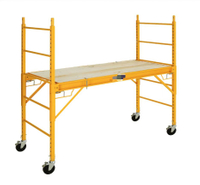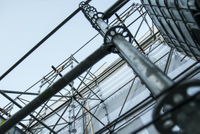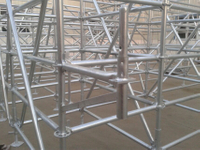What is Scaffolding?
Scaffolding is a temporary working platform to ensure that construction workers can smoothly carry out construction work at different heights. Modern scaffolding is usually made of steel or aluminum. Scaffolding finds application in new building projects, maintenance work, shipbuilding, bridge construction, high-altitude operations, and inaccessible sites. It greatly facilitates the work o f construction workers, ensures the safety of workers, and improves work efficiency.
Parts of Scaffolding
Scaffolding is a building structure that consists of many different components. The parts of scaffolding vary widely depending on the type of construction, project requirements and site conditions. There are also differences between different types of scaffolding. In addition, different countries have different scaffolding choices. However, scaffolding still includes some basic components that make up the basic structure of any scaffolding, although the way they are designed and how these elements fit together may vary. Let's take a closer look at these basic components.
Verticals
Scaffolding verticals, also known as standards, poles, legs, are steel or aluminum tubes that are perpendicular to the ground. The outer diameter of the tube is usually 48.3mm, with a thickness of 3.2mm to 4mm. In system scaffolding, lengths of verticals typically range from 0.5m to a maximum of 4m, with increments such as 0.5m, 1m, 1.5m, 2m, 2.5m, 3m, and 3.5m. At intervals of 0.5m, accessories like rosettes, top and bottom cups, or V-clamps are welded onto the vertical tube. These accessories are commonly used to connect the scaffold's horizontal, diagonal braces, and guardrails, etc.. In contrast, in frame scaffolding, the vertical tubes and horizontal tubes are directly welded together to form a frame. While in tube and coupler scaffolding, the length of a vertical tube can be a maximum of 6.4m.
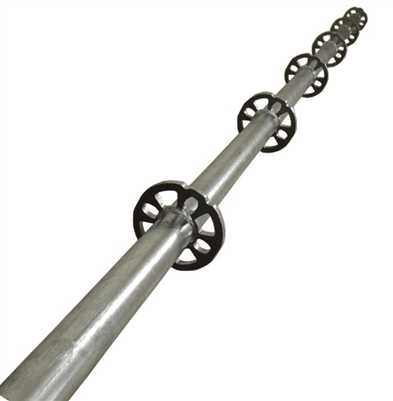
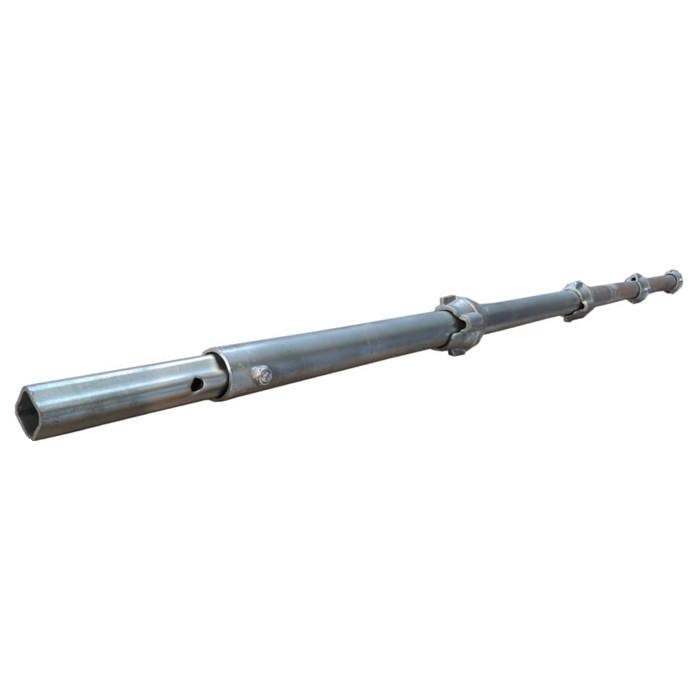
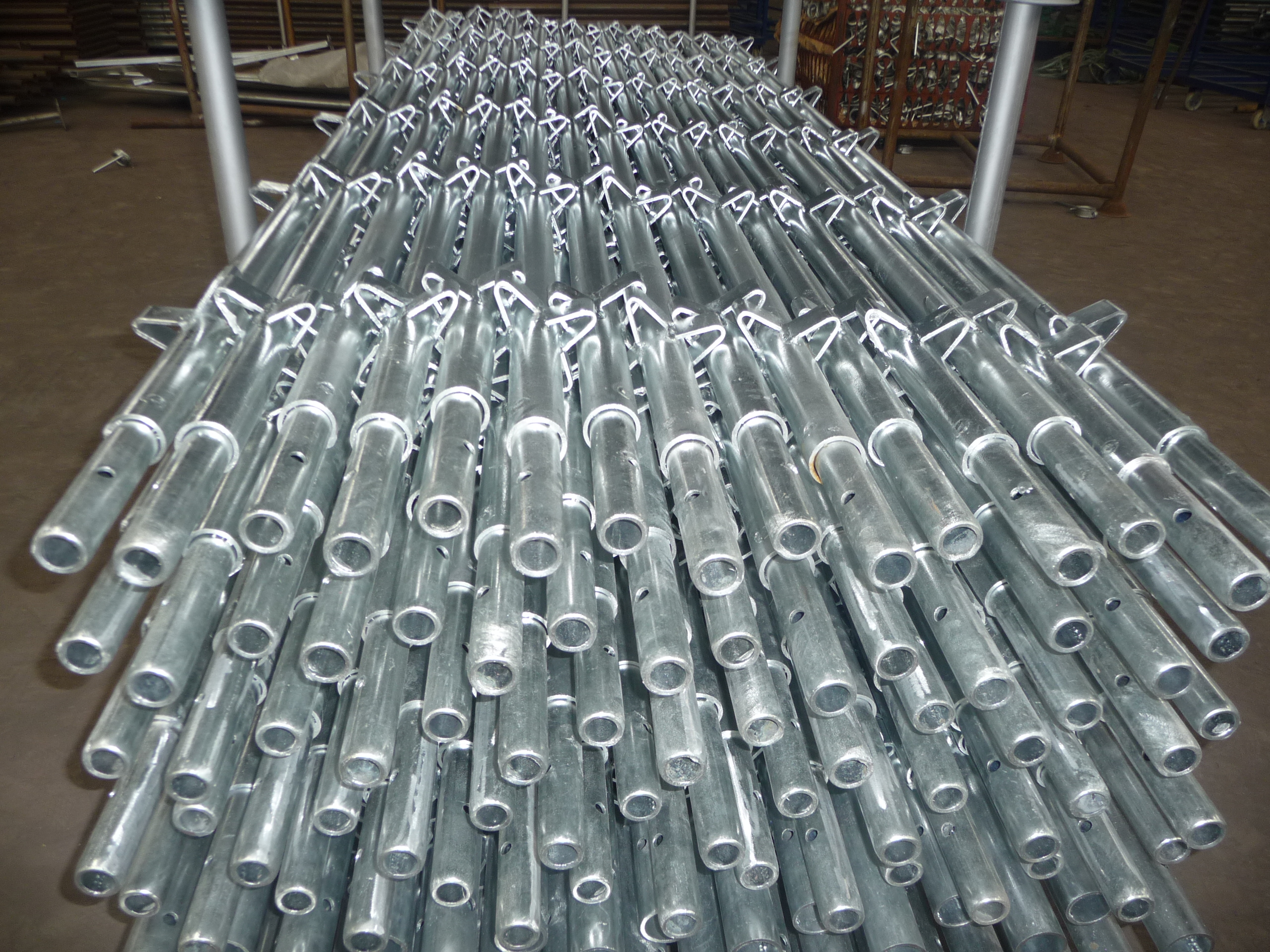
Scaffolding verticals play a crucial role in transferring the entire load of the scaffold to the ground. They often need to be connected to base plates or base jacksto ensure an even distribution of the load.
Scaffold verticals are typically made out of Q345 material, although in some regions, Q235 material may also be used. However, Q345 material offers better strength compared to Q235 material.
Depending on the specific requirements of the scaffold, vertical poles are commonly made from painted steel, powder-coated steel, galvanized steel, or aluminum.
Horizontals
The scaffolding horizontals, also known as ledgers, is a tube that connects to the vertical pole, running perpendicular to the vertical and parallel to the ground or wall. It typically has a diameter of 48.3mm, a wall thickness of 3.2mm, and is made of Q235 or Q345 material. The length varies depending on the specific scaffold system. Accessories like ledger ends, blade ends, or kwikstage ends are welded at both ends of the steel tube. This allows the ledger to be inserted into fittings on the vertical tubes, forming a structure. The use of horizontals further enhances support and weight distribution.
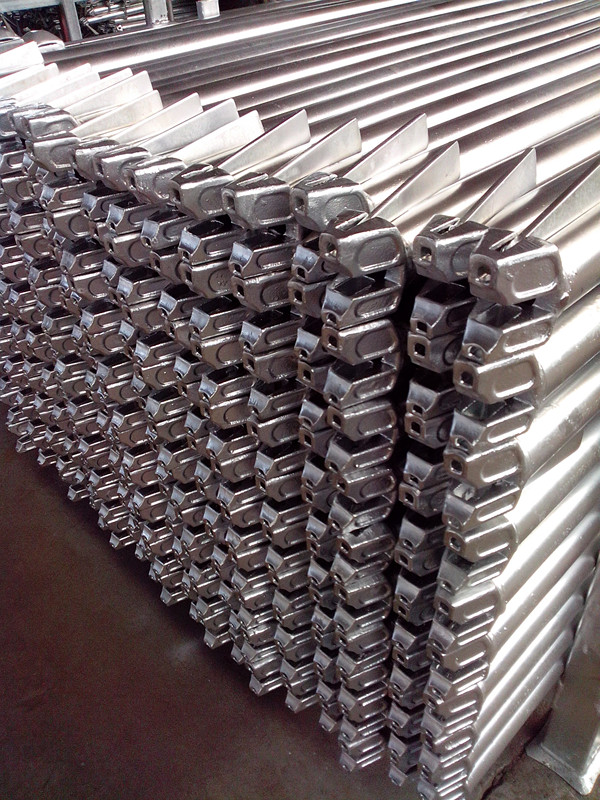
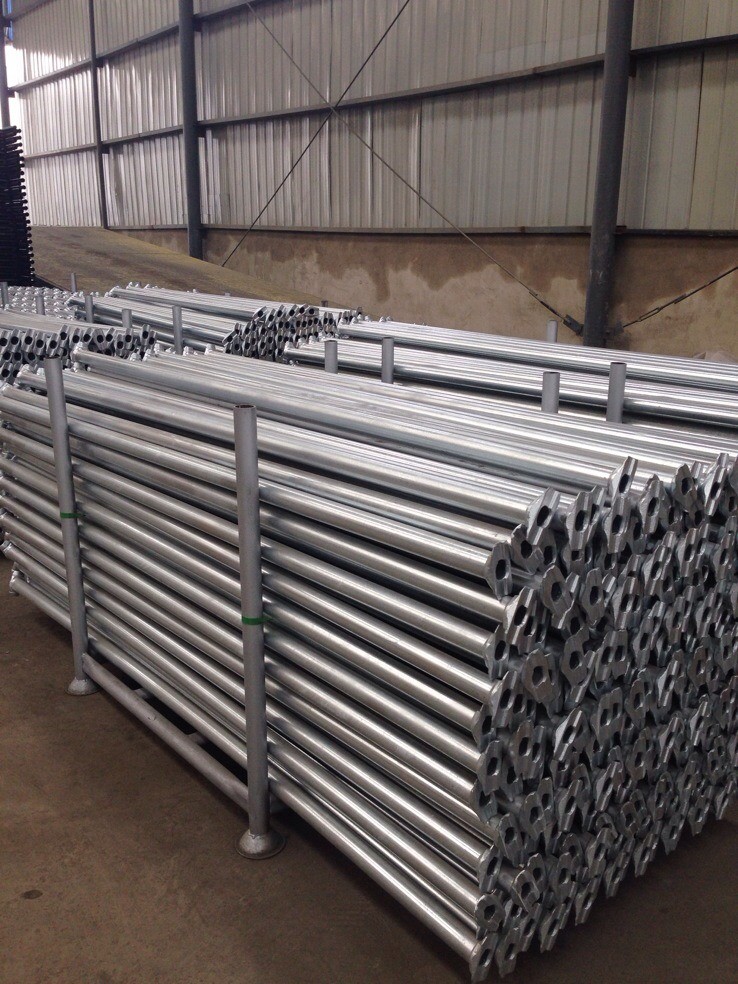
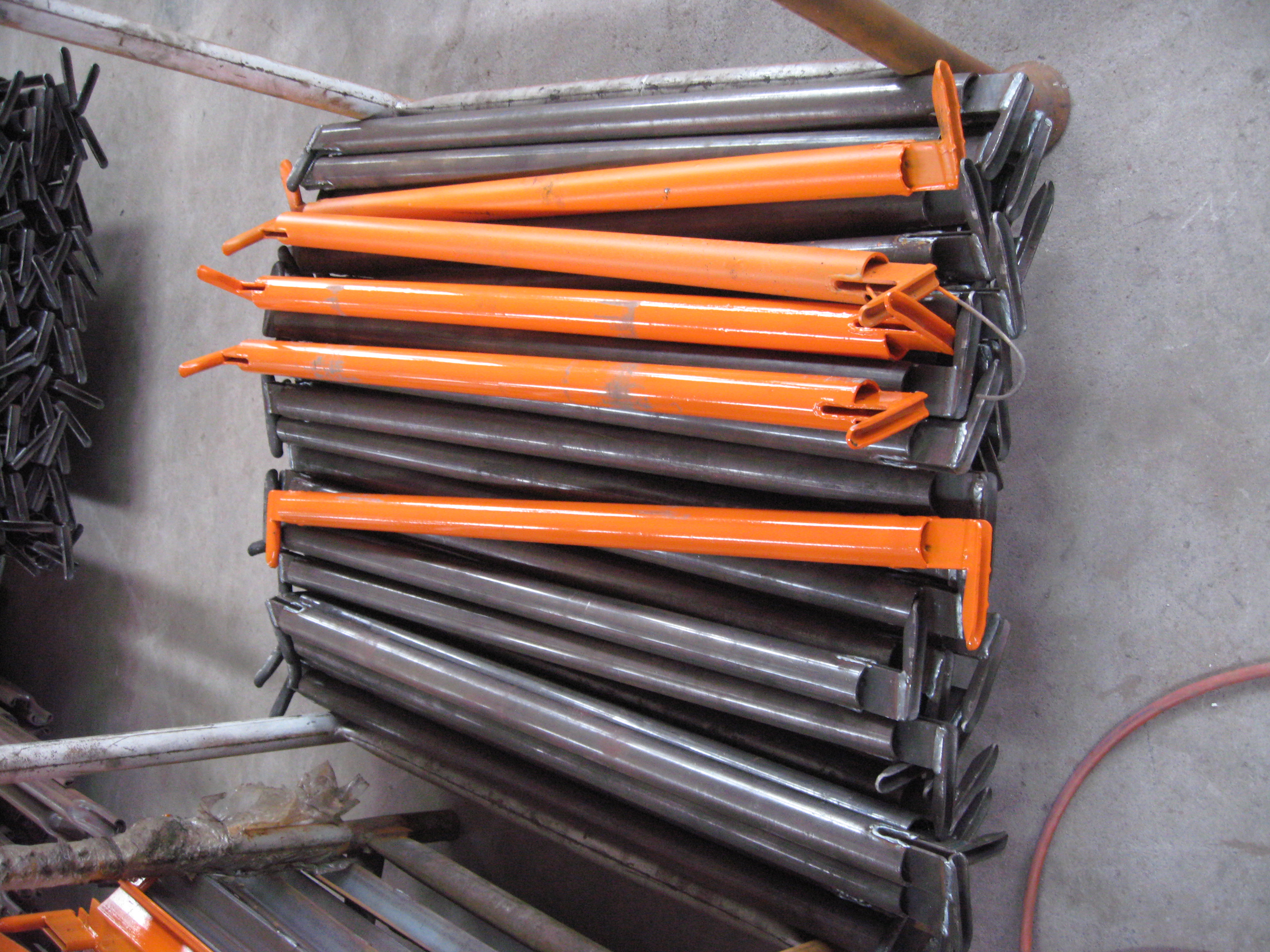
Depending on the specific requirements of the scaffold, horizontals are commonly made from painted steel, powder-coated steel, galvanized steel, or aluminum.
Diagonal braces
Scaffold diagonal brace is a diagonal tube that, along with the horizontal and vertical tubes, forms a triangular surface, significantly enhancing the scaffold's stability. Typically with an outer diameter of 48.3mm and a wall thickness of 2.5mm or 2.3mm, it is made of Q235 or Q195 material. Diagonal braces are equipped with brace ends at both ends of the tube, allowing them to be inserted into fittings on the vertical tubes. These braces help prevent structural swaying, playing a crucial role in protecting the scaffold against distortion and potential collapse due to loads, earthquakes, wind, and other external forces.
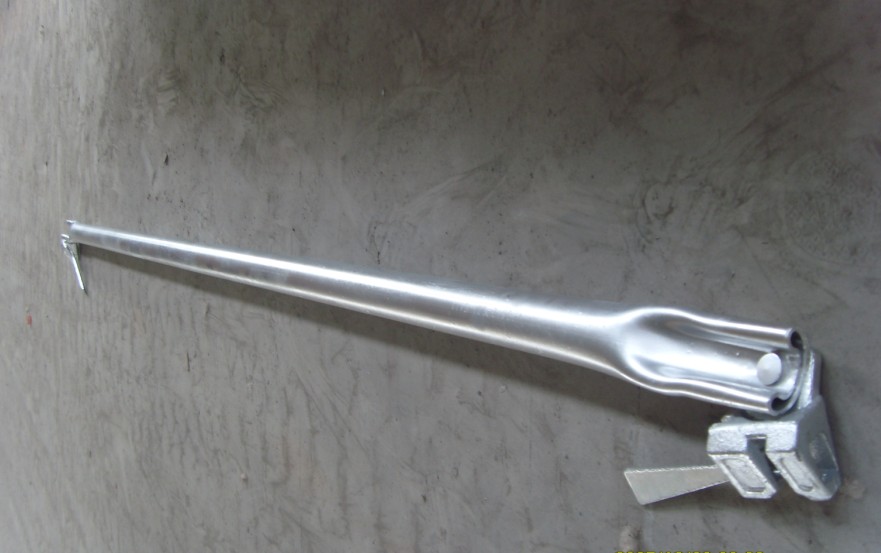
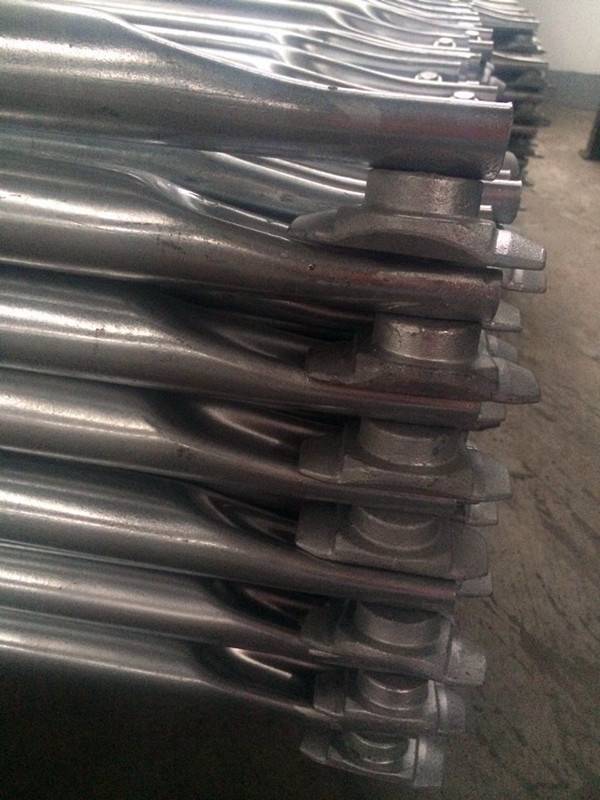
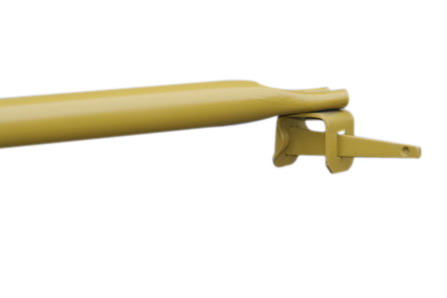
Diagonal braces are usually painted steel or galvanized steel.
Base Jacks/ Base Plates
The screw jack or base plate serves as the load-bearing base of a scaffold, connecting to the scaffold's vertical poles. This connection not only ensures a stable scaffold foundation but also guarantees even load distribution.
The base plate is a component consisting of a steel pipe welded onto a steel plate, with a fixed length that is non-adjustable.
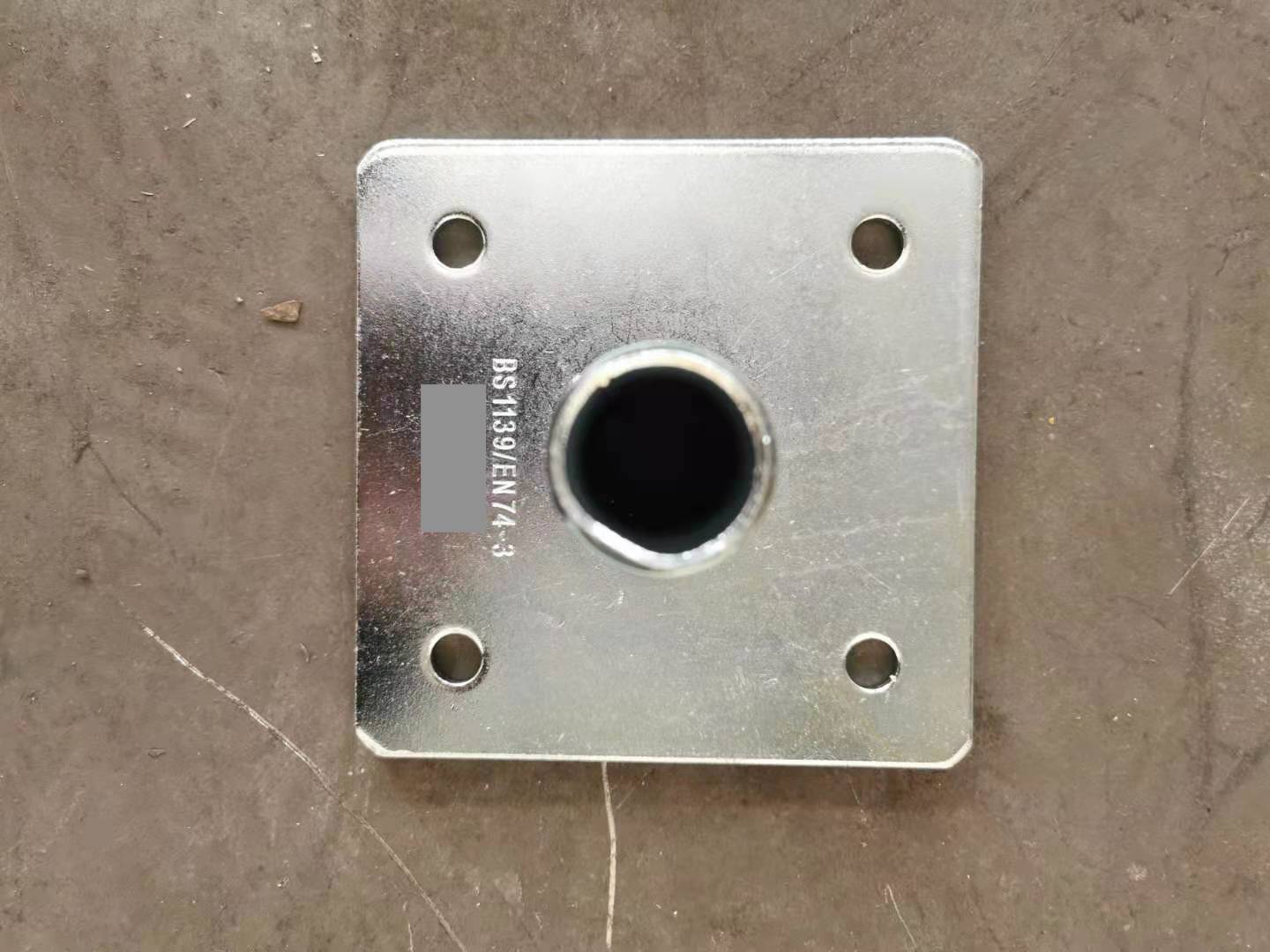
Screw jacks are typically made of steel and can be adjusted to various lengths based on the weight they need to support. They can also be designed in different styles, such as those with swivel joints to accommodate sloped ground. This is called a swivel jack base.


Both the base plate and screw jack need to match the diameter of the vertical poles. Additionally, the base plate requires drilling holes to allow screws for securing it to the ground.
Planks
Planks, also known as board, deck, catwalk, is a wooden, steel, or aluminum platform placed on the scaffold's horizontal tubes. In addition to providing a platform for construction workers to stand and move on, it also allows for placing tools , significantly enhancing worker safety. Surrounding the board, accessories such as toe boards or guardrails are necessary to prevent falls. The surface of the walk board requires non-slip treatment, and the hooks at both ends must be securely hung on horizontal tubes. When erecting the scaffold, it is important to follow the requirements for gaps between boards and gaps between board and the horizontals.
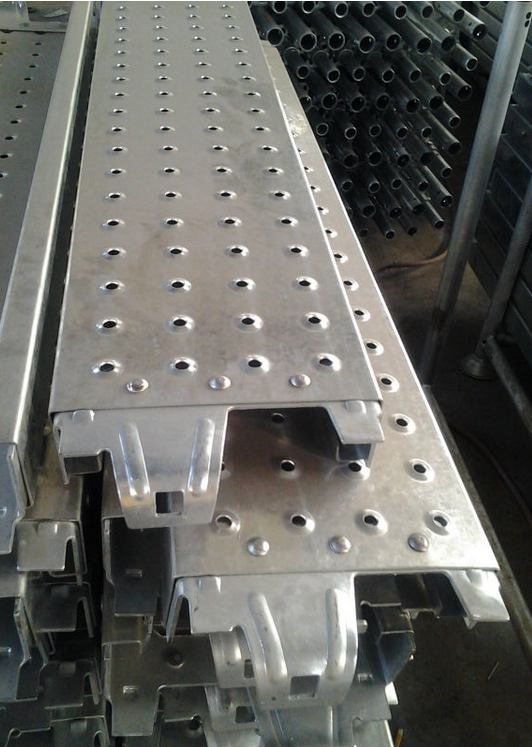
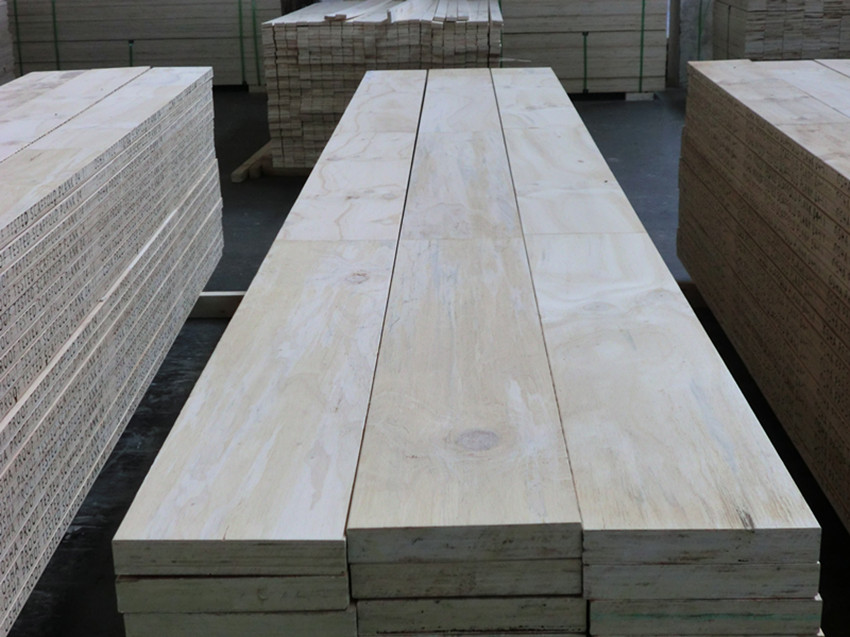
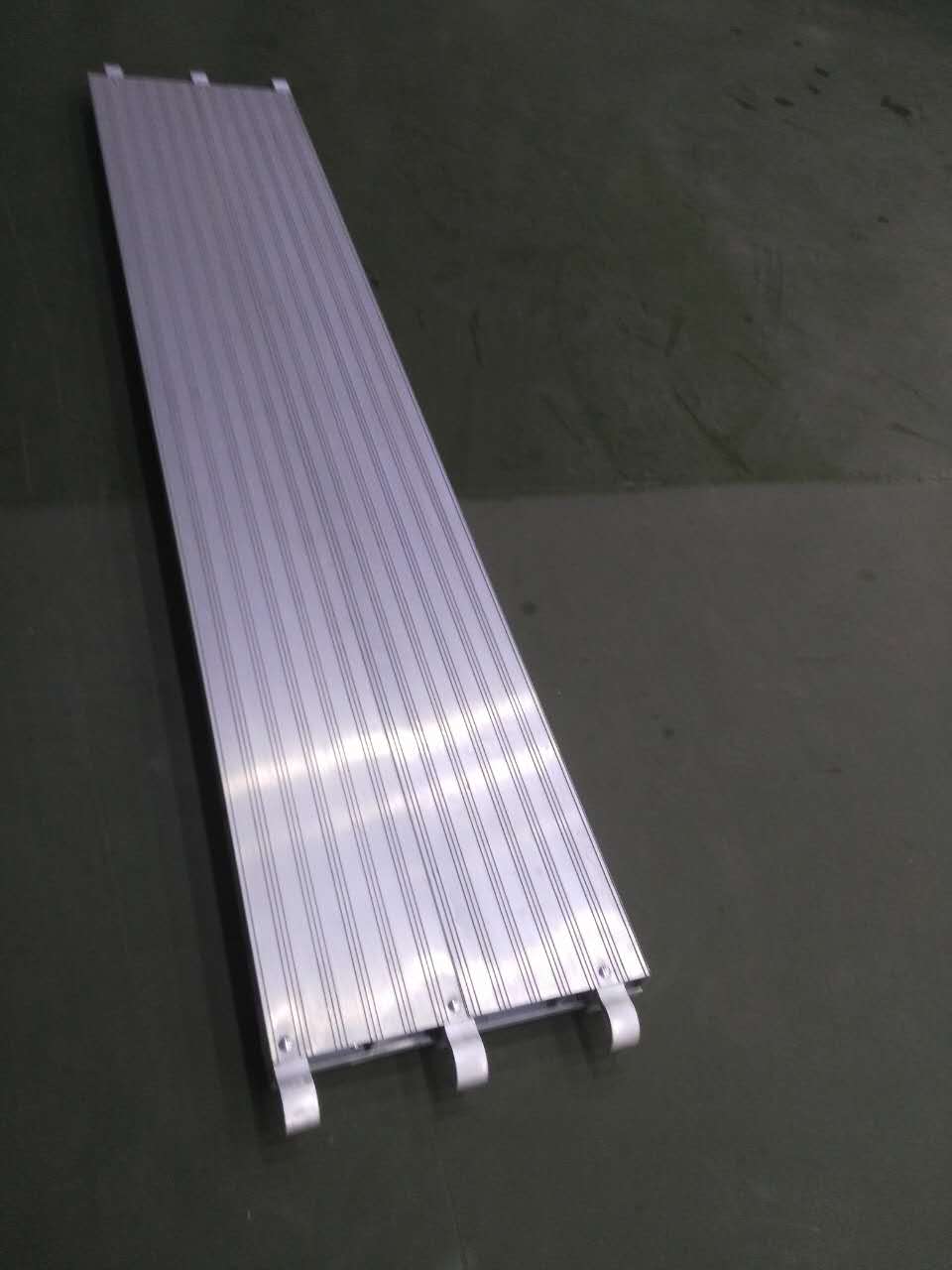
Whether wooden, steel, or aluminum boards, they must meet the specified load-bearing capacity requirements and should not be deformed or damaged for safe use.
Coupling Pins
Coupling pins, also known as connectors, spigots, are accessories installed on scaffolding vertical tubes. Individual scaffolding tubes have specific length limitations, so when engaging in multi-level construction, coupling pins are used to connect vertical tubes to achieve the required height.
Couplers
Scaffold couplers, also known as clamps, tube fittings, are components that connect steel pipes, allowing for structures at different angles. They come in forged, pressed, or cast steel and must meet EN74 or BS1139 standards. The most common couplers are British style, while some European countries use German style, North American countries use American style, Southeast Asian countries use JIS style couplers, and Italy and some surrounding countries use Italian style.
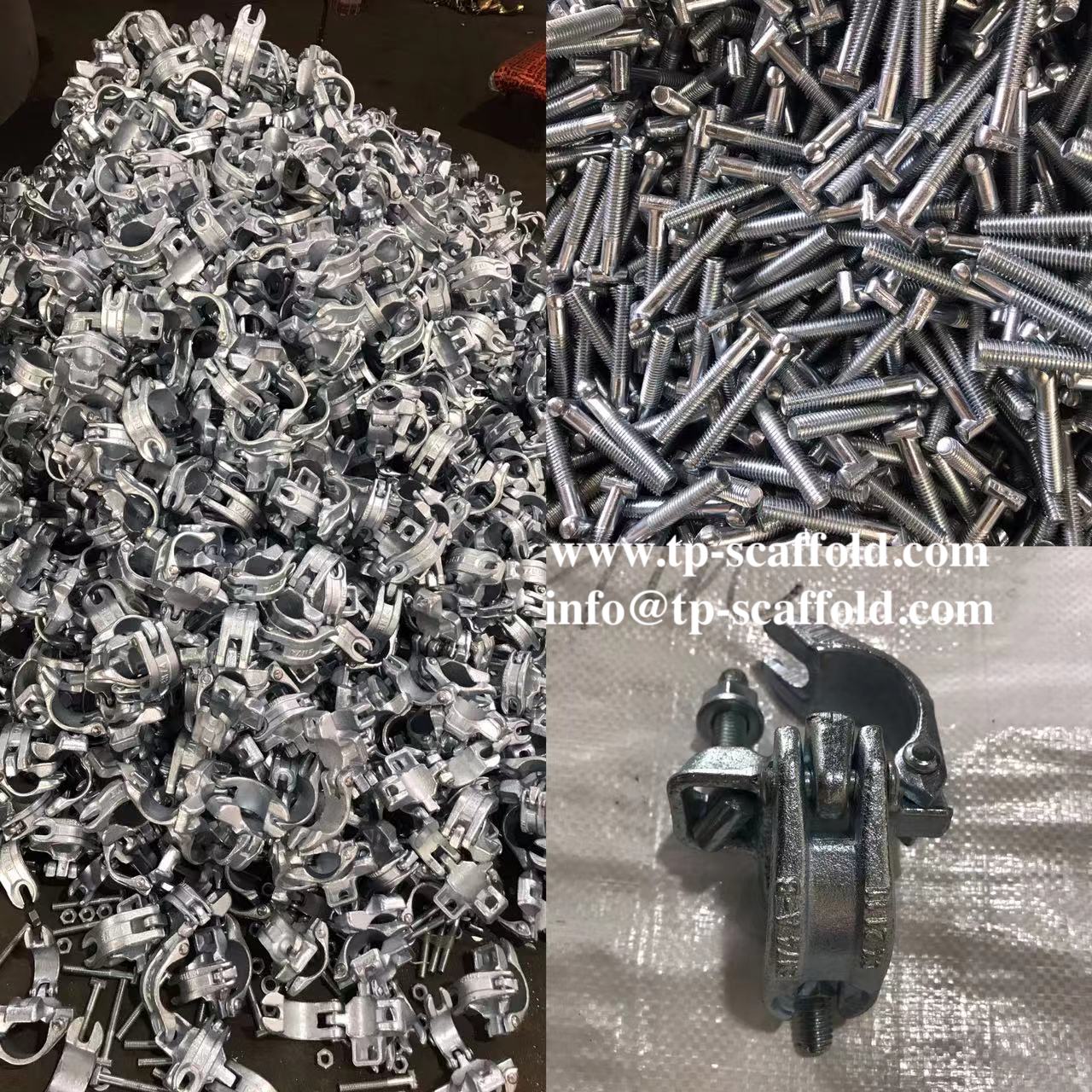
There are various types of couplers, with some of the most commonly used ones being:
Right-angle couplers
Swivel couplers
Beam clamps
Putlog couplers/ single couplers
Sleeve couplers
Board retaining couplers
Couplers typically undergo surface treatments such as electroplating or hot-dip galvanizing for protection.
All scaffold platforms higher than 4 feet must have guardrails installed.
Before construction work begins, all open sides of the scaffold must have guardrails in place.
Top guardrails should be positioned 38-45 inches above the platform surface and capable of supporting a minimum of 200 LBS of downward or outward force.
Mid-rails should be installed at a height approximately midway between the top guardrail and the platform surface. Mid-rails must be able to support a minimum of 150 LBS of downward or outward force.
Guardrails must be installed on every platform where there is a risk of individuals falling.
Toe Boards
A toe board is a component installed around scaffold footboards to prevent construction workers or tools/materials from falling. The toe board should be positioned no more than 1/4 inch above the platform surface and securely fixed. It must withstand a minimum of 50 pounds of downward or outward pressure.
Toe boards are typically made of wood or iron materials.
Caster Wheels
Scaffolding caster wheels are specialized wheels designed to facilitate the movement of scaffolding structures on construction sites. If you need a movable scaffolding rather than a fixed scaffolding, then caster wheels with brakes can be assembled.
Conclusion
It's true that scaffolding comprises numerous components, making it challenging to comprehensively describe each part's function in a single article. The information provided above outlines some of the most commonly used and fundamental components in scaffolding.
Should you seek further insights into scaffold components or require specific details, feel free to reach out to us. We are a dedicated supplier and exporter of various scaffold accessories, committed to serving global clients. Our services include standard products as well as customization options tailored to your needs. Please don't hesitate to contact us for more information.


























